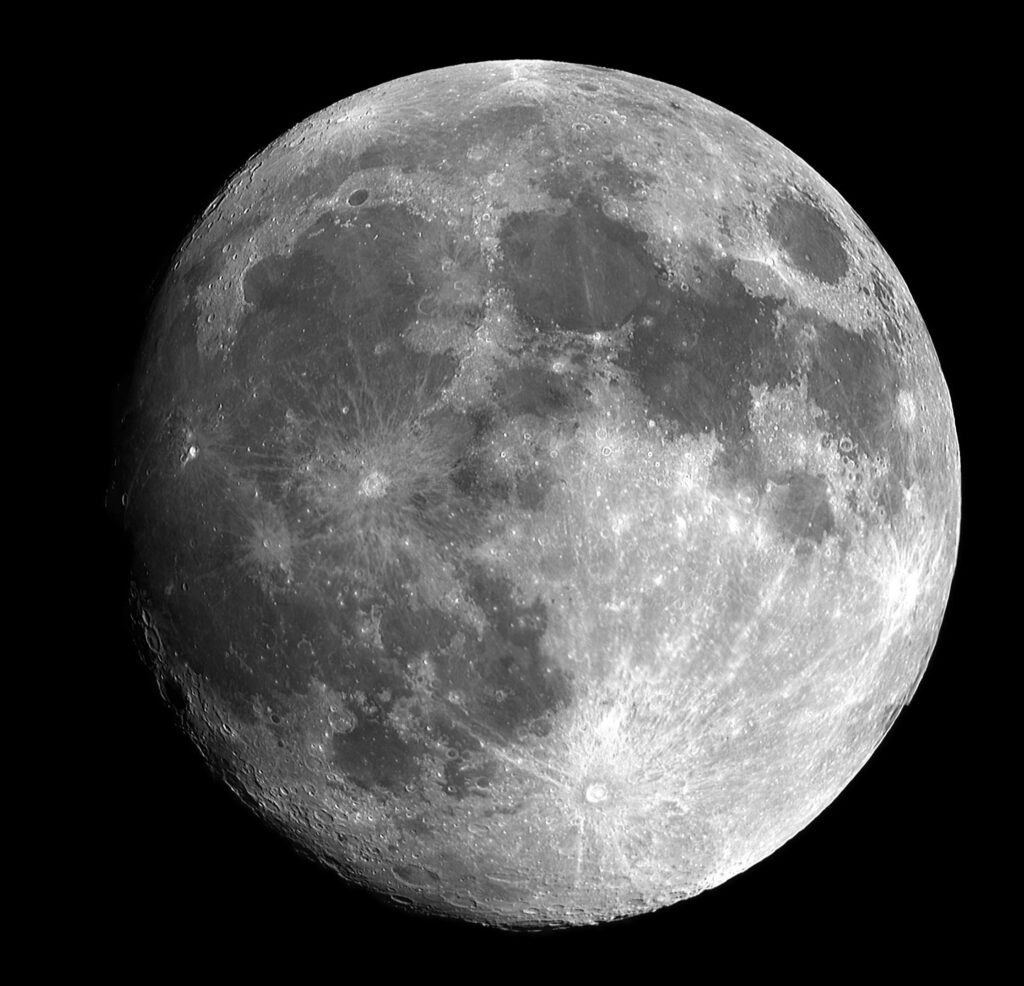“NASA Shocks the World: Secrets of Ancient Asteroid Revealed! Unbelievable Breakthrough Unveils Cosmic Treasures!”
Title: NASA’s Exciting Discovery: Asteroid Dust Canister Finally Unveiled!
 NASA’s Johnson Space Center in Houston has just shared some incredible news that has the scientific community buzzing with excitement. After four months of anticipation, scientists have successfully opened a canister containing precious asteroid dust collected during NASA’s Osiris-Rex mission. This mission, aimed at understanding the mysteries of our solar system, encountered a few challenges, but the perseverance of the team paid off, allowing us to delve into the secrets of a 4.6-billion-year-old asteroid named Bennu.
NASA’s Johnson Space Center in Houston has just shared some incredible news that has the scientific community buzzing with excitement. After four months of anticipation, scientists have successfully opened a canister containing precious asteroid dust collected during NASA’s Osiris-Rex mission. This mission, aimed at understanding the mysteries of our solar system, encountered a few challenges, but the perseverance of the team paid off, allowing us to delve into the secrets of a 4.6-billion-year-old asteroid named Bennu.
In a thrilling announcement on Friday, NASA revealed that they had overcome a hurdle that had prevented them from accessing certain samples collected in 2020. The canister, parachuting down through Earth’s atmosphere into the Utah desert, had initially yielded most of the rock samples soon after landing. However, a portion of the material remained trapped inside a sampler head, proving tricky to reach.
The breakthrough came after months of effort, during which scientists in Houston successfully removed two stuck fasteners out of a total of 35, allowing them to finally open the canister. The excitement at NASA’s planetary science division was palpable, with the announcement, “It’s open! It’s open!” echoing through Twitter. A photograph shared by the division showcased dust and small rocks nestled inside the canister, awaiting thorough analysis.
What made this accomplishment even more remarkable was the meticulous care taken to ensure that the samples remained uncontaminated by Earthly air. To tackle the challenge, the team designed custom tools crafted from a specific grade of surgical, non-magnetic stainless steel. This careful approach ensures that the scientific value of these extraterrestrial materials remains intact for detailed examination.
 The 9-ounce sample enclosed in the canister is a treasure trove of information. According to Ashley King from London’s Natural History Museum, these samples are some of the oldest materials formed in our solar system. They hold the key to understanding the ingredients and processes that led to the creation of our planet. King emphasizes that asteroid samples like these provide valuable insights into the recipe for making a planet like Earth and the intricate mixing of materials that occurred to create habitable environments.
The 9-ounce sample enclosed in the canister is a treasure trove of information. According to Ashley King from London’s Natural History Museum, these samples are some of the oldest materials formed in our solar system. They hold the key to understanding the ingredients and processes that led to the creation of our planet. King emphasizes that asteroid samples like these provide valuable insights into the recipe for making a planet like Earth and the intricate mixing of materials that occurred to create habitable environments.
The Osiris-Rex mission, a billion-dollar spacecraft, embarked on this extraordinary journey to collect a sample from Bennu, a space rock dating back to the earliest days of the solar system. Now, having successfully completed its mission with Bennu, the spacecraft is en route to explore another intriguing celestial body—a peanut-shaped asteroid named Apophis.
Apophis, initially a source of concern among astronomers due to fears of a collision with Earth, is now expected to pass closer to our planet in 2029 than any object of its size ever has. This upcoming encounter provides scientists with a unique opportunity to study this asteroid up close and deepen our understanding of celestial dynamics.
Eileen Stansbery, division chief for Ares (Astromaterials Research and Exploration Science) at Johnson, expressed the collective excitement of the team after successfully opening the canister. Now that the remaining material is ready for analysis, Dr. Nicole Lunning, Osiris-Rex curator at Johnson, commended the curation team for their resilience and impressive work in overcoming challenges.
In conclusion, the unveiling of the asteroid dust canister marks a significant milestone in space exploration. NASA’s Osiris-Rex mission has not only triumphed over technical challenges but has also provided humanity with a rare opportunity to study ancient materials from the dawn of our solar system. As scientists eagerly delve into the analysis of these samples, the mysteries of our cosmic origins may soon become a bit clearer.




